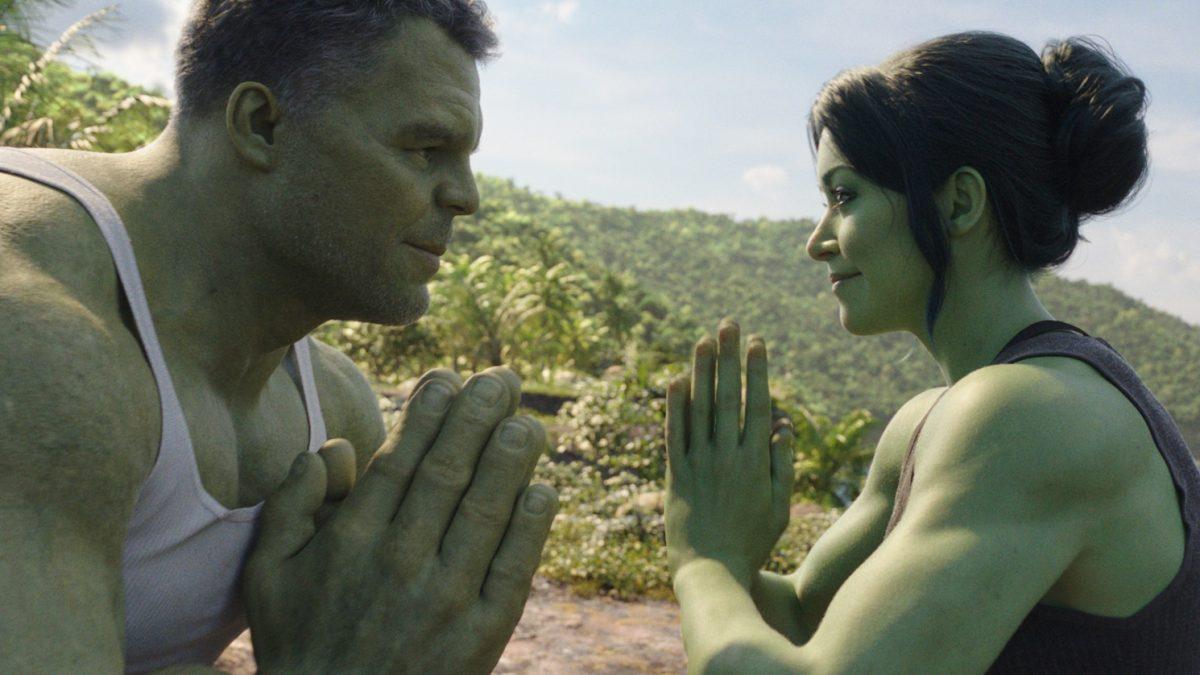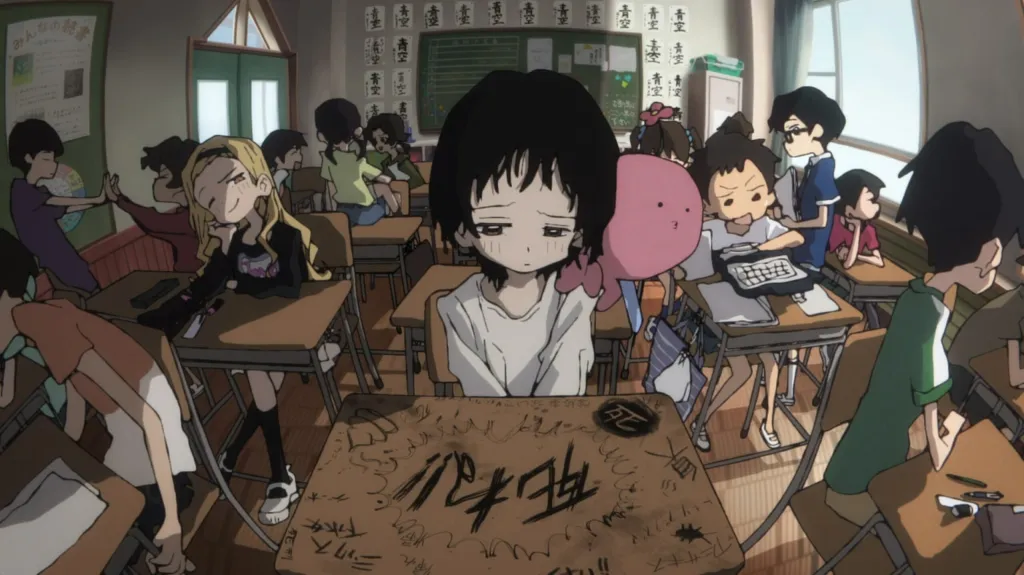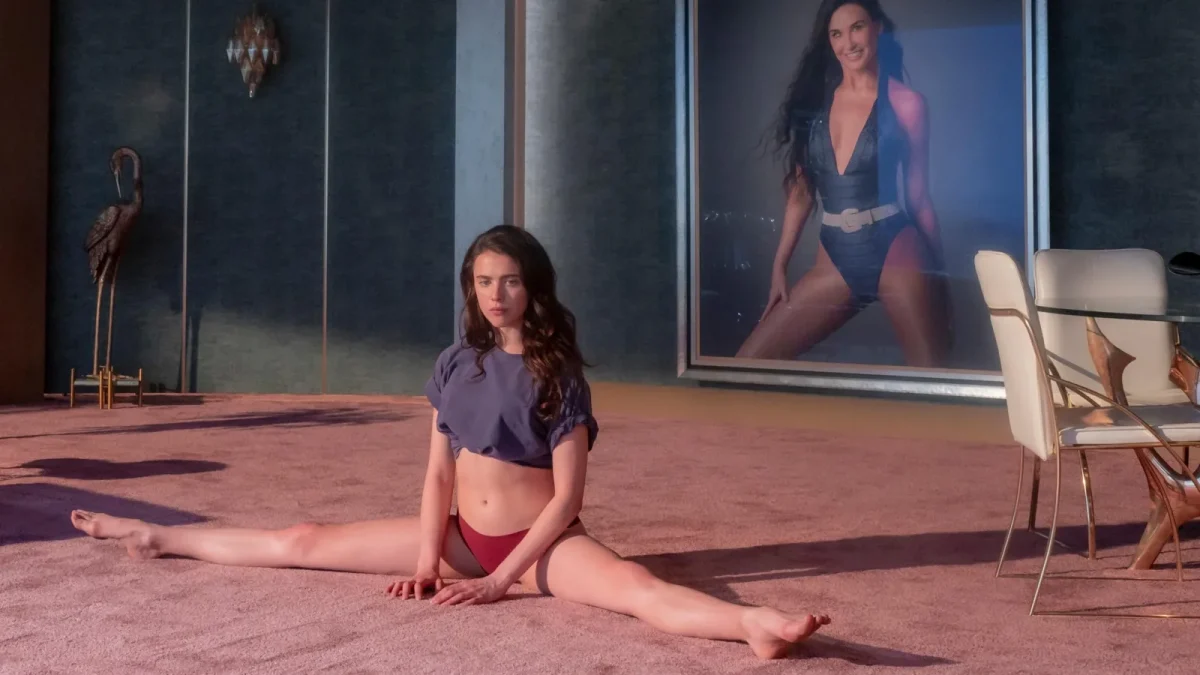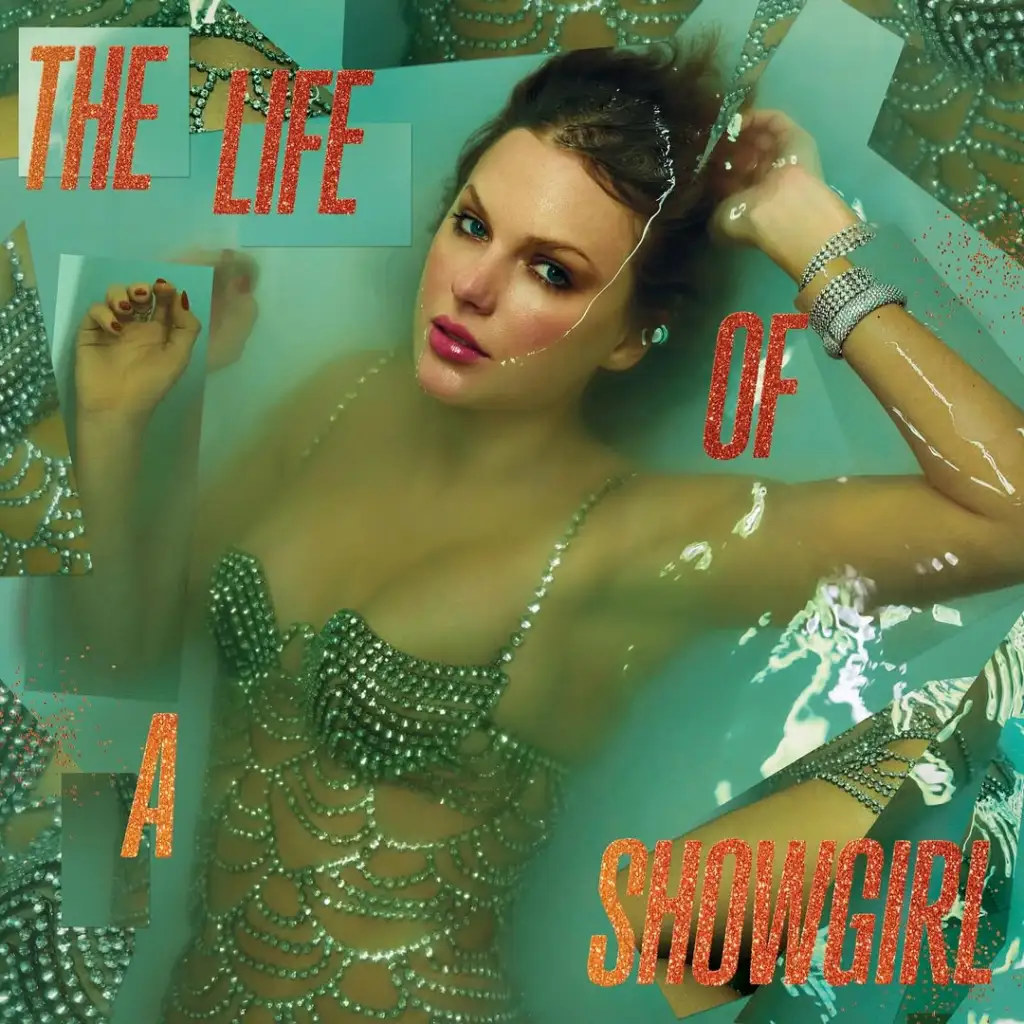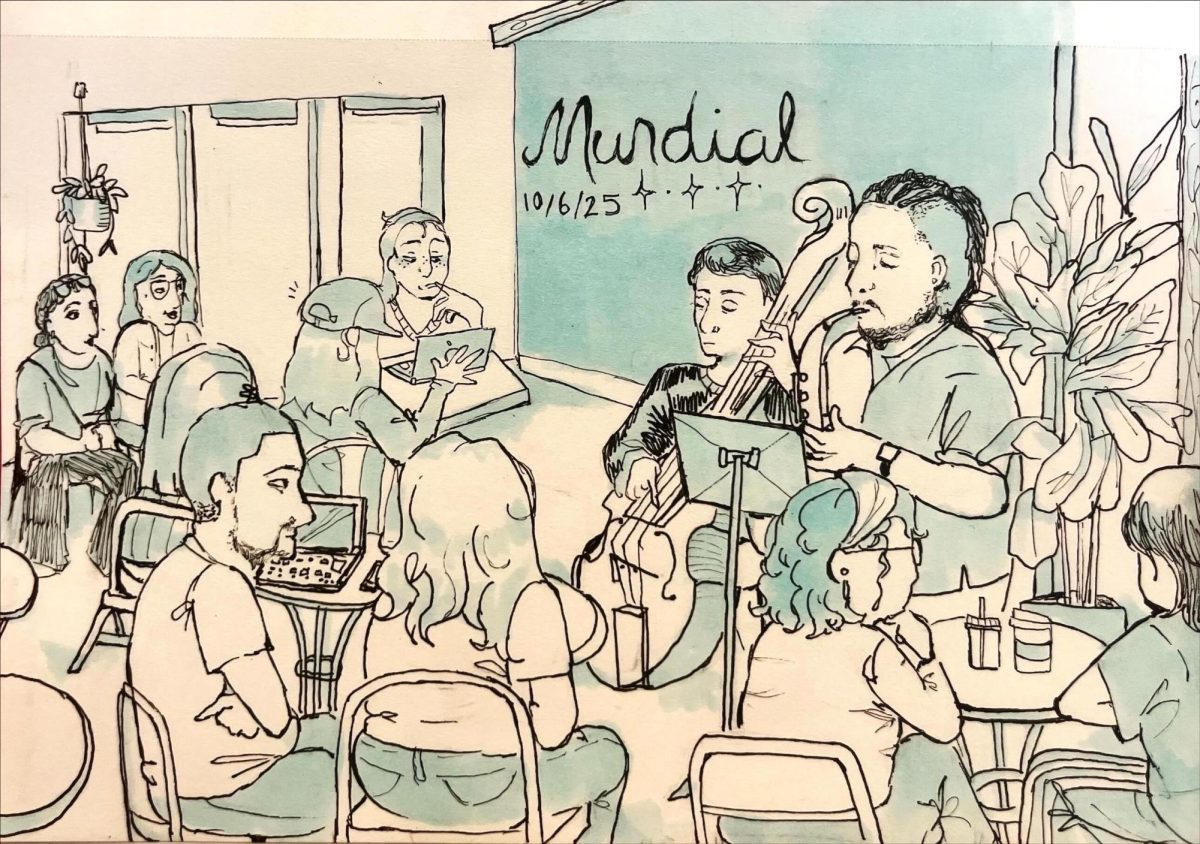By Jose Anguiano
Phase four of the Marvel Cinematic Universe (MCU) is a complicated marriage of movies and Disney+ shows; “She-Hulk: Attorney at Law” is another step in a seemingly endless staircase to the next Avengers assembly.
Its lighthearted courtroom approach almost ranks with “Doctor Strange in the Multiverse of Madness” as one of the studio’s more successful experiments. It starts out hilariously promising, however, one element distracts from the intended focus of the series: its focal point.
This is not a random gender swap of the Incredible Hulk; this is a legitimate character who pioneered fourth wall breaking before Deadpool popularized it.
Unlike the stoic Captain Marvel, Jennifer Walters is a more three-dimensional lead when she spars with her cousin Bruce Banner, her bosses and her client Emil Blonsky. These are the best parts as the story focuses on the life of a lawyer shunning the superhero spotlight.
Banner and Walters have a strong connection between their passion for knowledge and their petty cousin rivalry moments. The narrative brilliantly juggles the pressures of life not going as planned with quirky, self-aware laughs to ease the tension.
Several misogynistic social media posts surrounding the show prior to the premiere are converted into a gag, as documented by an IGN article. At the same time, it ingeniously ties together previous phase four adventures with a dash of cliché subversions.
Unfortunately, another court case steals the spotlight and diverts the narrative. The humor is still on point, but in the grand scheme it’s unnecessary compared to Blonksy’s case which puts the lawyer on a tightrope.
Even the pacing takes a hit during the first episode, but it’s held together by the dynamic between Walters and everyone she interacts with. Whether down to Earth or cartoonishly over the top, the cast delivers a spot-on representation of the comic.
As for the visual effects, they’re serviceable given the revelations by an article from TheGamer about the unhealthy working conditions of the visual effects departments.
The few action scenes are character driven whether between family or cronies working for an unknown boss. As for the mid-credit scene in the third episode that blew up on Twitter. It’s not bad; it’s just whiplashing after a poignant ending following the outcome of Jennifer’s first case.
Bottom line, when “She-Hulk: Attorney at Law” focuses on Walters’ life, it works. When it gets hijacked by unrelated side quests, it risks plateauing too early. Season one contains nine episodes, unlike “Moon Knight” and “Loki,” so there is still time to steer the series back on course.
For now, I’d give “She-Hulk: Attorney at Law” three out of five stars and hope that in future episodes, these lesser-known superheroes can fill the vacant spots left by Iron Man and Captain America.

